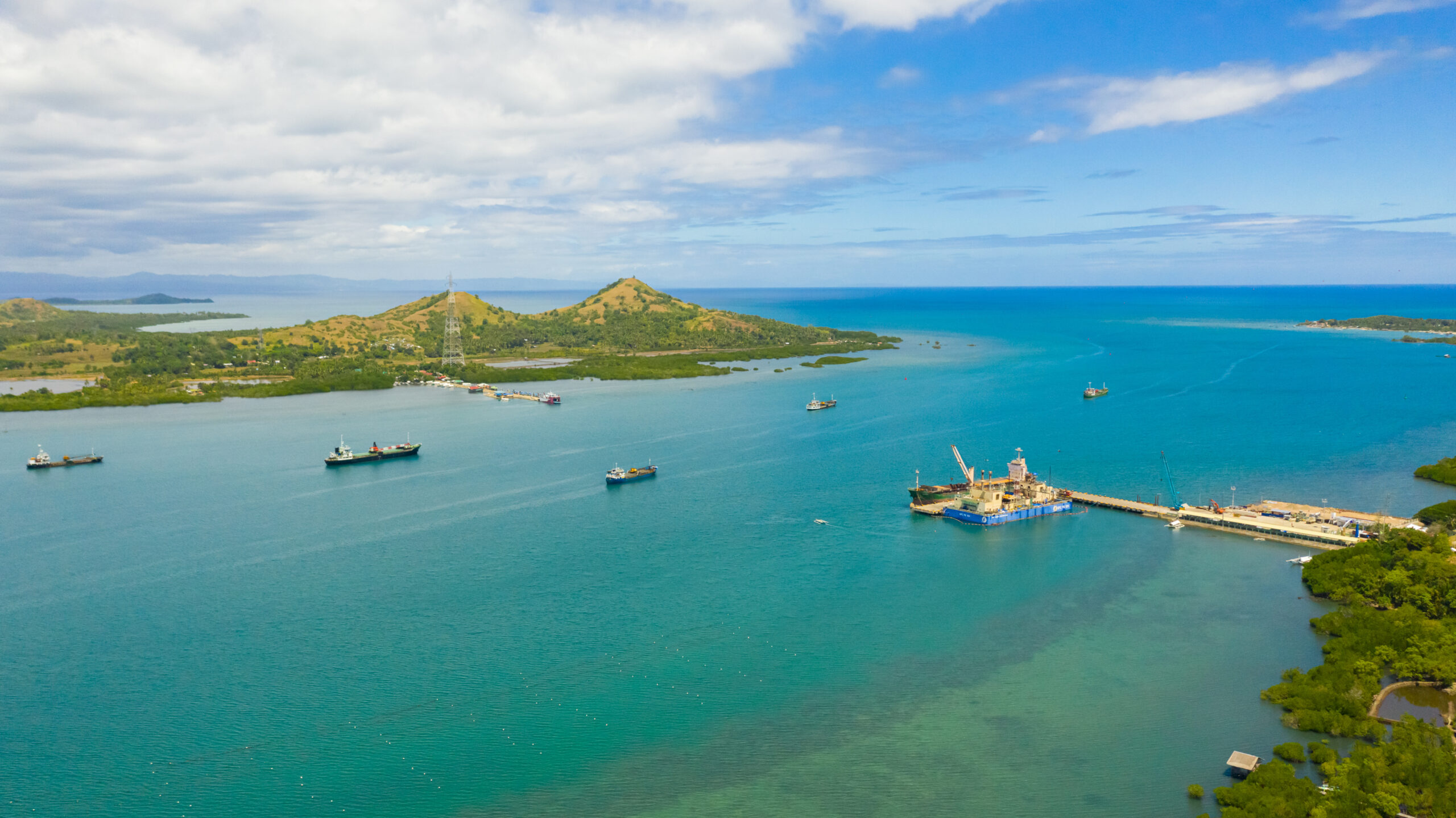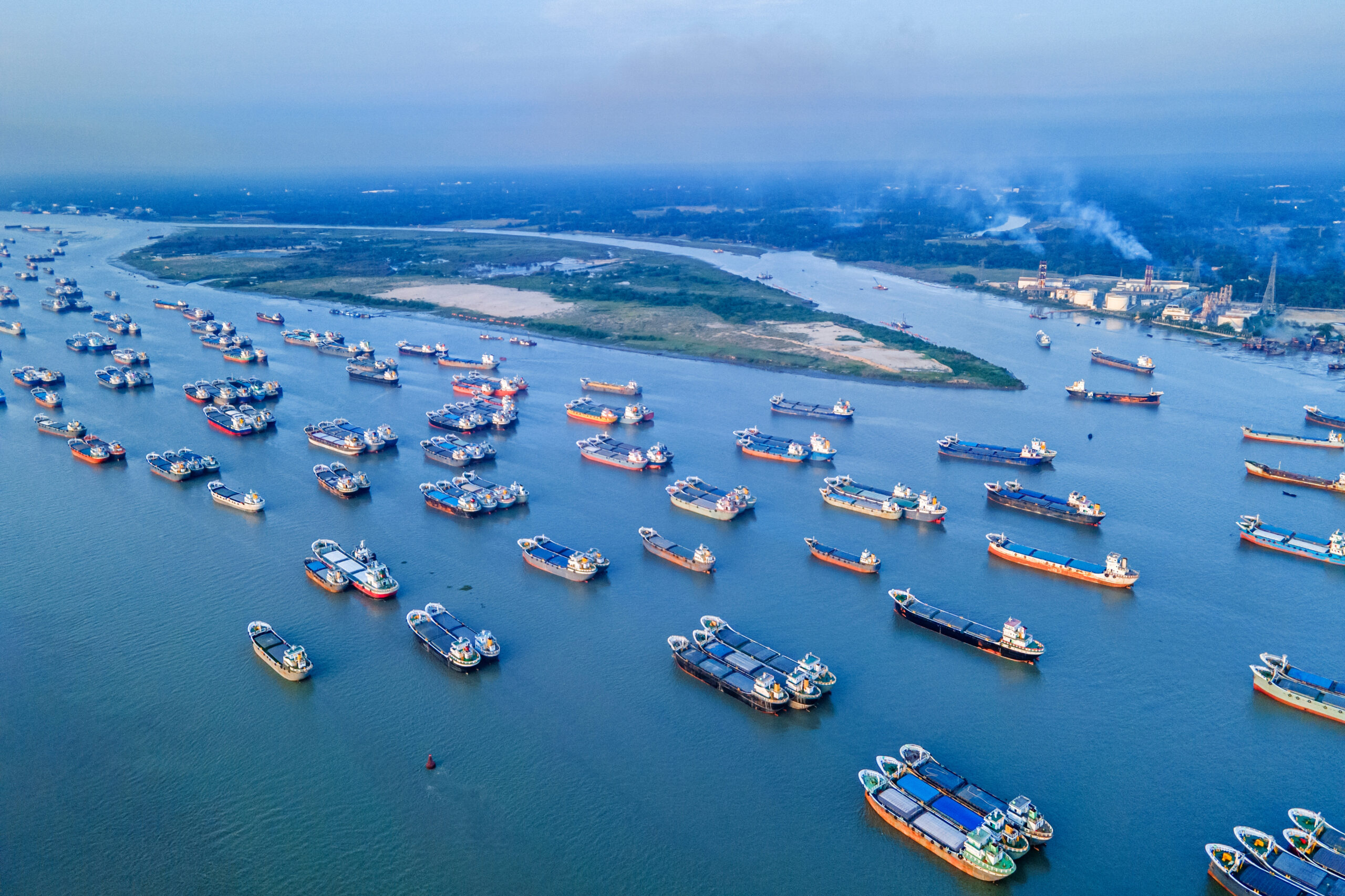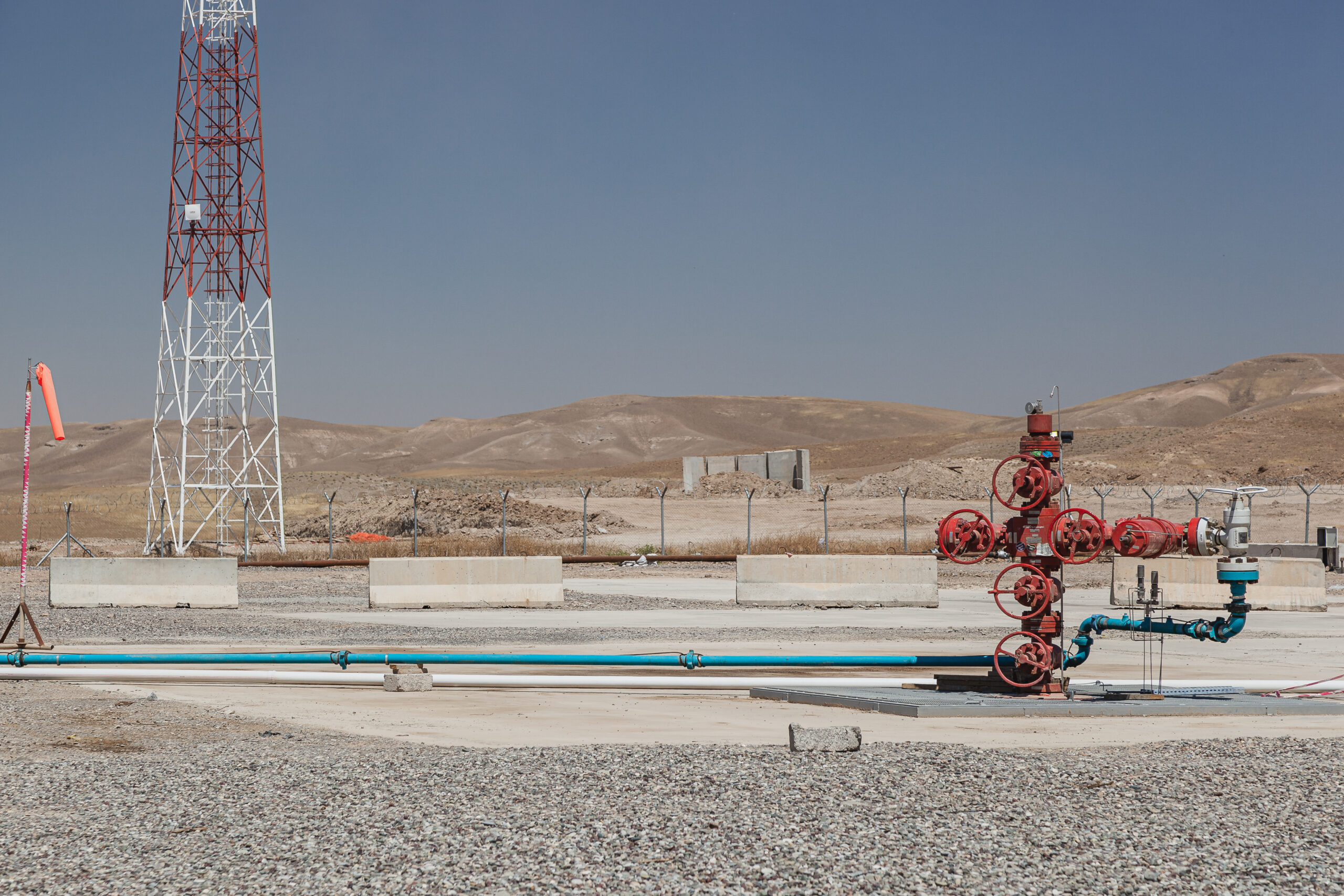Offshore gas in the Philippines boosted, net zero a concern
The government, in spite of some recent progress with renewables contracting, still plans to drill for more gas in the Philippines, raising environmental concerns.

Despite talking up a good renewables game, the Philippine government is still developing more gas-based power plants and planning to drill for more gas in the Philippines to the dismay of environmentalists and a large part of the country’s population.
The most recent development came in May when Philippine president Ferdinand Marcos Jr. extended the service contract for the offshore Malampaya gas field in the South China Sea (West Philippine Sea). The extension covers another 15 years with the Malampaya Consortium committed to investing some US$600 million in further exploration and drilling activities in, and perhaps more significantly, beyond the existing production area.
The service contract was due to expire by next year. Gas field depletion estimates vary, ranging from the end of the decade to as early as next year.
The license extension “allows full production of the Malampaya gas field by ensuring the utilization of the remaining gas reserves of about 147 billion cubic feet (bcf),” a Philippine DOE statement said. Exploration and development of in-field and near-field prospects may provide additional reserves of around 210 bcf, it added.
Since its inception in 2001, Malampaya gas met as much as 40 percent of Luzon’s power needs. However, that percentage has dropped as low as 20 percent in recent years. Luzon is the Philippines’ main and most populous island that includes metro-Manila, the country’s capital of some 15 million people.
To offset Malampaya reserve depletion, the Philippines recently opened its doors to LNG imports, ensuring continued operations of existing gas-fired power plants. The government has seven approved LNG import terminals, representing some 36.5 million tonnes per annum (mtpa) of LNG import terminal capacity under development. It also has 29.9 gigawatts (GW) of gas-fired power projects in various stages of development.
“The [service contract] extension allows for clarity on longer-term development spend to keep production from declining too fast, plus exploration to test nearby prospects,” Angus Rodger, Vice President, head of upstream analysis for Asia-Pacific and the Middle-East, at Wood Mackenzie, told Gas Outlook. “This doesn’t change the need for LNG, it’s more of a question of how much, and how soon.”
Convoluted energy plan
Both government circles and Philippine media are touting the Malampaya extension as one of Marcos’ top accomplishments during the first year of his administration. Yet, a closer look behind the scenes reveals a convoluted energy plan that is seemingly trying to appease both environmental interests as well as Philippine corporate energy giants that wield enormous political power in the Southeast Asian country.
This includes the controversial Manila-based conglomerate San Miguel Corp. (SMC), which has its hands in a plethora of industries ranging from brewing beer, food and beverage distribution, packaging, energy, fuel and oil, infrastructure, cement, property and banking services, and tollway construction and development. SMC is also the largest gas developer in Southeast Asia with a string of new LNG import terminals and gas-fired power projects already operational.
To their credit, Marcos and the DOE in December approved full foreign ownership in renewable energy projects – a nearly unprecedented move for a Southeast Asian country. Before the new law, foreign firms could own only up to 40 percent of an energy project, with the balance being held by a Filipino firm or citizen.
Foreign investors can now hold 100 percent equity in the exploration, development, and utilization of solar, wind, hydro, and ocean or tidal energy resources. Foreign firms already operating in a joint venture with a Filipino partner may also now take a controlling stake in such ventures.
The new law earmarks increasing renewables to 35 percent of the country’s energy mix by 2030 and 50 percent by 2040. It also calls for an increase in geothermal capacity by 75 percent, expanding hydropower capacity by 160 percent, increasing wind power capacity to 2.35 GW, and adding an additional 277 MW of biomass power.
“As the use of coal declines over time, we expect renewables to play a larger role in the power mix,” Wood Mackenzie’s Rodger added. The consultancy firm expects gas in the Philippines to “maintain a healthy share of the country’s generation mix over the long-term to provide flexible dispatch for intermittent renewable generation and support the transition away from coal.”
No net zero pledge
Even though the Philippines just approved full foreign ownership of renewable projects, it remains the only Association of Southeast Asian Nations (ASEAN) member to not commit to a net zero pledge. Moreover, the way it looks that pledge may never come.
News media in the country are reporting that the upcoming edition of the Philippine Energy Plan still won’t commit to a net zero emissions target, but focus on exceeding the goals for deploying emerging clean technologies. This is tantamount to more government greenwashing.
“We have no commitment and we are not going to commit in a net zero by 2050 because we are looking at several options. What we are going to do is to over-achieve our targets without necessarily having a commitment on net zero,” Michael O. Sinocruz, director of the Philippine Energy Policy and Planning Bureau, said in an virtual energy forum.
Yet, the World Bank said in June that the Philippines needed to set a net zero energy plan fast, even as it builds out and develops more energy infrastructure.
There were also calls within the country for Marcos to change the direction of DOE policy just after he was elected last year. The National Coalition of Filipino Consumers and the Power for People Coalition urged the new president to appoint a DOE secretary that was more attuned to developing renewable energy than the status quo.
Marcos, however, appointed Raphael Lotilla, a former Philippine DOE secretary, who’s also served as an independent director for power and oil and gas exploration and production companies, as the new DOE chief.



